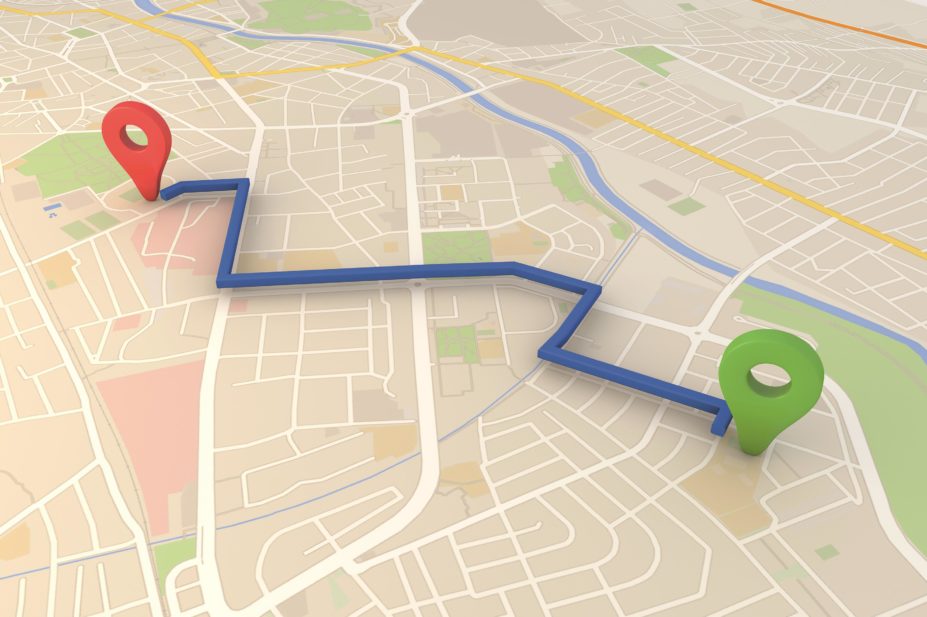
Shutterstock.com
The number of people suffering with minor eye ailments continues to rise. For example, one in nine women aged over 51 years and around one in every three people aged over 65 years experience problems with dry eyes. This increase is partially to do with age and lifestyle, including use of digital technology (e.g. computers, mobile phones and tablets), air conditioned offices, and centrally heated homes and workplaces.
The increase in patient numbers has also placed additional pressure on secondary care. Over the past five years there has been an increase of around 30% in eye clinic attendances across the UK for various major or minor eye ailments. Some patients choose to seek advice from their GP and it is estimated that 1.5–2.0% of GP consultations are for eye conditions.
However, many patients with minor eye conditions choose to visit their local pharmacy or optician instead. In a survey conducted by The Pharmaceutical Journal of 227 pharmacists (see ‘Supplementary information’), almost 80% said they have encountered patients with eye conditions in practice more than once a day.
Therefore, pharmacists and opticians need to work together effectively to provide the best patient care. Pharmacists and optometrists with premises near each other on the high street should make themselves known to each other so that they can establish a collaborative working relationship. Working together and referring patients appropriately from both sides will ensure that patients are given the most appropriate care, which, in turn, builds trust and a reputation that will benefit both businesses in the long term.
When to treat or refer
Optometrists and pharmacists possess the skills required to answer queries and counsel patients about minor eye conditions. Optometrists are better at identifying and providing a definitive diagnosis, especially because they have the equipment required. Pharmacies usually carry a wide range of eye products to treat a variety of eye conditions — and pharmacists are the experts in medicines and could provide valuable counselling to patients who require treatment. They may also identify other health factors (e.g. smoking) that may be contributing to a patient’s eye condition and run services that may help with lifestyle factors (e.g. smoking cessation service).
Pharmacists and pharmacy staff could be trained to screen more effectively for minor eye conditions such as dry eye, even without the equipment that opticians have (see ‘Identification of dry eye conditions in community pharmacy’ and ‘Recommending dry eye treatments in community pharmacy’).
Local minor eye ailment services
Some opticians in parts of Britain offer an NHS-funded minor eye service for patients. Pharmacies should be aware of local community eye care schemes (CES) and minor eye condition schemes (MECS) commissioned by clinical commissioning groups (CCGs) that may be running in their local area. Under these schemes, patients can either self-refer or be referred by their GP or pharmacist to an accredited optometrist for examination, diagnosis and treatment. The service is free and, if the patient is exempt from paying for prescription medicines, any treatment prescribed by an independent prescribing optometrist will be free, too.
These schemes aim to help reduce time spent by GPs on treating minor eye conditions, and reduce the number of people visiting eye clinics and A&E departments.
A recent evaluation of more than 2,300 visits of an MECS in Lambeth and Lewisham, London, found that first attendances to hospital eye services referred by GPs decreased by around 27% compared with a comparison area not offering the MECS. Additionally, follow-up appointments in Lambeth and Lewisham (referred from GPs) also decreased by almost 13% compared with a comparison area.
Informal feedback about local minor eye ailment services has been positive and GPs and pharmacists have said that it helps free their time to deal with other clinical matters
In Coventry, where I work, 17 opticians are currently involved in the scheme, which has been running for the past 12 months. To increase awareness, leaflets were distributed to local pharmacies and GP surgeries listing the optical practices providing the service. Informal feedback has been positive and GPs and pharmacists have said that it helps free their time to deal with other clinical matters. Some service users noted that they can save time waiting for an appointment to see the GP.
Gaps to fill
Currently, only around half of the CCGs in England are running MECS and there are several reasons for this. Lack of understanding and awareness of the scheme is a major factor, with some CCGs unwilling to invest in such schemes, despite their potential to reduce unnecessary visits to GPs, eye clinics and A&E. However, in Scotland and Wales, these schemes are run nationally. Certain areas of Scotland (e.g. the Grampian region) have even stopped running eye casualty departments and refer all minor eye cases to high street opticians.
A closer working relationship between pharmacists and optometrists could help increase the quality of eye care for patients
Ideally, a nationally commissioned service across England should be implemented in the future. This would reduce access inequality of MECS because some patients miss out on access if their CCG area has not commissioned a minor eye scheme and currently travel outside their CCG for eye consultations and treatment. There also needs to be secure sharing of data and feedback between healthcare professionals to ensure a joined-up service for patients.
Multidisciplinary working within healthcare is becoming ever more important, so a closer working relationship between pharmacists and optometrists could help increase the quality of eye care for patients. So, take a walk down your high street, introduce yourself to the local optometrist and find out what services they offer.
Francesca Marchetti is a self-employed independent optometrist.



